“No medical attendant”, “no medical attendant”… a repetitive litany through the civil death registrations in North Walls and Brims, Orkney, 1855-1865. If that is the refrain, then the verses include “Unknown” or “Supposed… water in the head/ disease of the heart” etc or “Old age”. In fact, of 71 deaths registered 1855-1865 only three were certified by a doctor.
Why?
Two main reasons: cost of a doctor and lack of a doctor in the island. Of the three deaths a doctor certified, JG Heddle, the laird, whose young son died, was likely the only one who could afford to call in a doctor. (Some assistance may have been available through poor relief for others – I’m checking on this.) The three doctors who did attend were based as follows: William Ballanden, Stromness; Adam Gordon, St Margaret’s Hope; “Dr Logie”, probably James Scarth Spence Logie, Kirkwall.1From UK & Ireland, Medical Directories, 1845-1942 collection on Ancestry. So, for all three, a visit to a patient in North Walls or Brims involved a boat journey of one to two hours. This map may help with the geography (scroll north for Kirkwall and Stromness.)
Lack of medical staff was an ongoing issue across the Highlands and islands and, following the Dewar Commission Report in 1912, the Highlands and Islands Medical Service was set up. It was not free but came close to being a prototype for the NHS.
Informal medical care
The 1851 and 1861 census recorded only Jacobina Gunn, a nurse, aged 61, at North Ness.2Census 1861, Walls, Orkney, GUNN, Jacobina. 32/1 2/ 5. She was in South Walls in the 1851 census, described as a midwife (probably attending a cousin who had just had a baby).3Census 1851, Walls, Orkney, GUNN, Jacobina, 032 2/ 4. That’s it, one nurse or midwife for around 1200 people. Were there others who helped at births or who had some kind of medical or herbal knowledge?
Probably though the Statistical Accounts do not mention this. The Rev Walter Weir, contributor to the new Statistical Account, 1841, did write about the “the good health generally enjoyed”, and longevity, attributing them partly to the strong winds.4See the New Statistical Account for Walls and Flotta, Orkney, p72 – https://stataccscot.edina.ac.uk:443/link/nsa-vol15-p72-parish-orkney-walls_and_flotta Causes of death, for all the lack of a medical attendant, did include the more medically accurate cancer of the breast, erysipelas, diabetes and asthma, among the unknowns, supposeds and catch-all old age. This could mean someone with more knowledge was around. Equally, they may indicate the involvement of a doctor at an earlier stage in the illness.
An initial post on the theme #OnePlaceHealers, a Society for One-Place Studies blog prompt for March 2022. Obviously, the topic is a lot broader than the narrow focus I have taken here. If you have any information, particularly on the less formal side of medicine, from your own family history, I’d love to know. Please either comment below or contact me.


Interesting. The newspaper may say if a doctor does planned visits or perhaps more likely when they will not do regular monthly surgery for example. Where was the nearest hospital? They may have minutes about any outreach type services or how many attended from where. I have mentions of carnivals etc to raise funds for medical care. Also when district nurses left.
Thanks Helen. The nearest hospital was in Kirkwall, so a sea-journey away of a few hours and then a mile or more on land. One of my 1861 census population people was there in the 1871 census. There will be more material later on when the island did get a doctor but this blog was looking at 1855-1865 only. I am wondering to what extent people travelled to the doctor rather than he to them too.